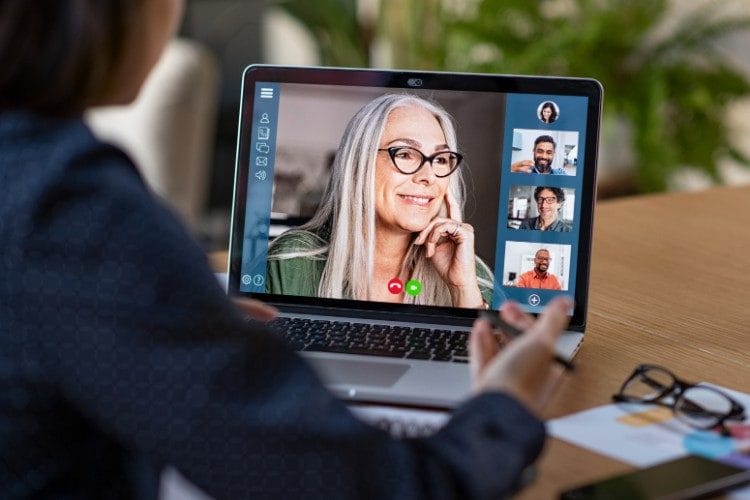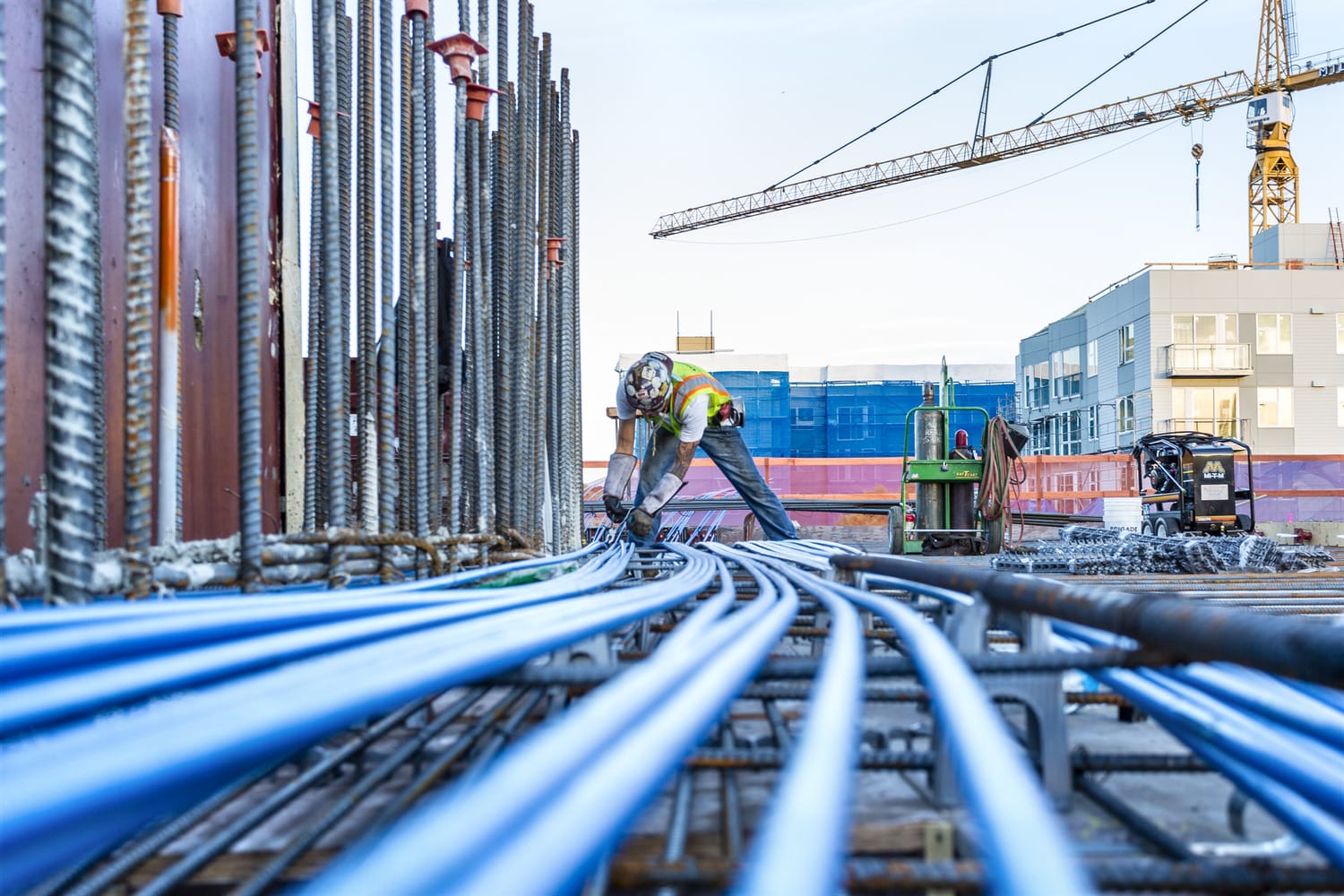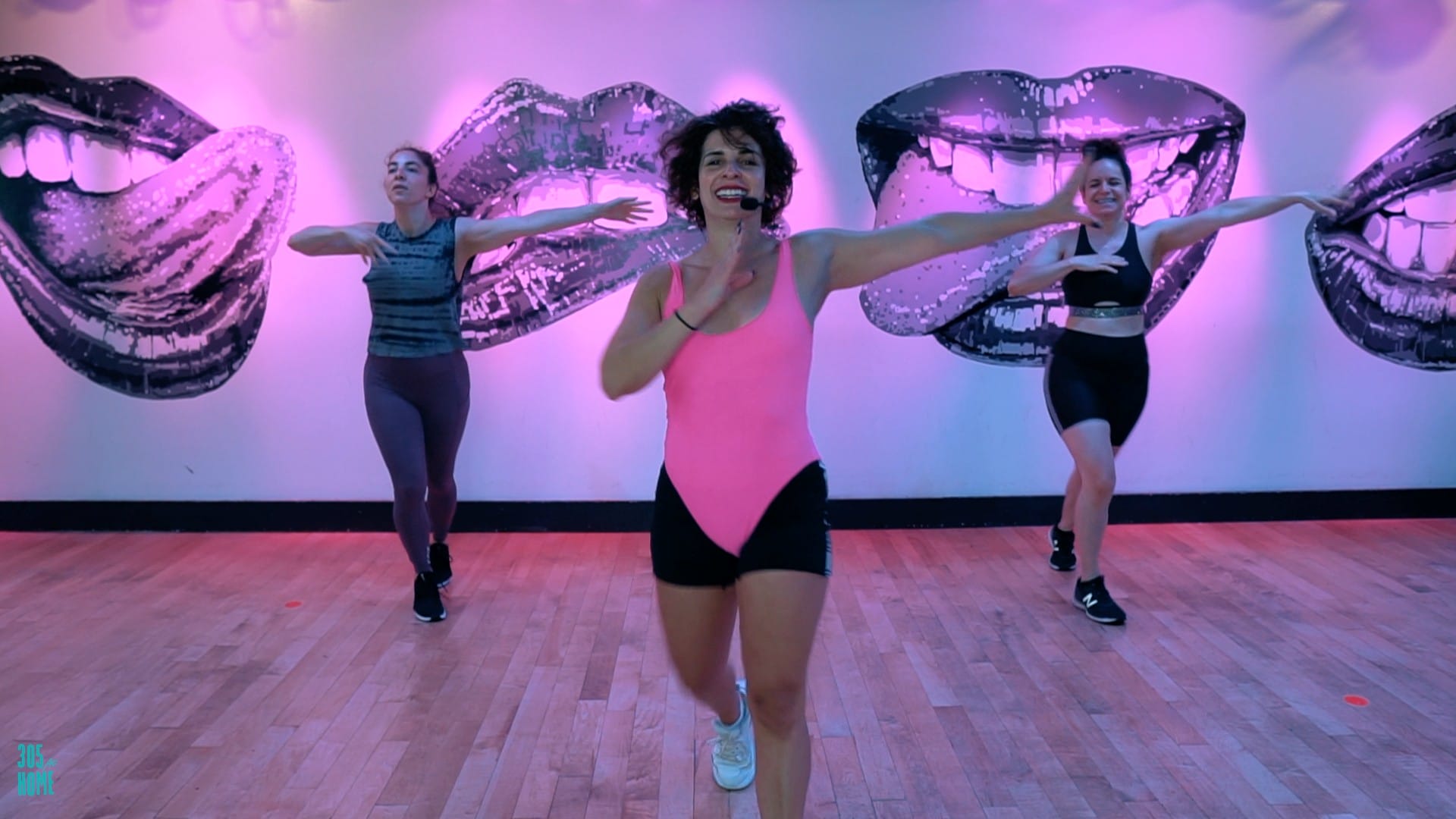The COVID-19 pandemic has thrown a curveball at businesses, but small and medium-sized organizations have found themselves in a unique predicament. With limited resources, smaller organizations need to realign their priorities given current market conditions and quickly do so.
A crucial part of the economy
As the pandemic continues, governments are focused on more stringent health and safety protocols. But at the same time, they try to keep the economy moving despite restrictions. SMBs are a crucial piece to doing this.
There are 31.7 million small businesses in the United States, accounting for 99.9 percent of U.S. businesses. SMBs also account for 45 percent of total employment in emerging countries globally and 60 percent in the U.K.
Governments have offered different forms of aid for SMBs. While helpful, such assistance is more focused on helping SMBs survive in the short term. It’s essential to recognize that the speed of recovery will depend on the ability of SMBs to return to sustainable operations post-pandemic after current stimulus measures run out.
Here are some ways SMBs can quickly adapt and remain on track for recovery.
Reopen safely with technology
According to a Salesforce Research survey, 64 percent of SMBs have focused on safety and health policies due to the pandemic. Cleaning physical spaces is a huge part of it, but another way to promote health safety is to enforce social distancing and manage the number of customers coming in.
Reopen is a free tool that lets customers make appointments. Through the platform, businesses can set their operating hours and customers can book a time slot that’s suitable for them to visit. With bookings set in advance, businesses can control foot traffic, anticipate demand and let clients know that they are safely open for business.
Make cost-efficient decisions
Cost efficiency is crucial for SMBs, especially when demand tends to shift depending on changing restrictions. They need a mechanism that will enable them to optimize quickly to save on costs.
Workforce.com’s live wage tracker enables small businesses and their managers to make cost-efficient decisions on the fly because it tracks demand and labor costs in real time. Managers can see staff count, exact costs and spot potential areas for overspending.
Create schedules that stay on budget
Scheduling for SMBs can be more challenging these days. There has to be a balance between having enough staff, ensuring team safety and staying on budget.
Workforce.com offers a scheduling platform that allows managers to input their labor budget to create a schedule that stays within a set amount. The platform can also pull in data from their POS, which can help forecast demand based on historical data.
Ensure staff safety
Health issues are detrimental to how SMBs operate, especially now. Creating rotational shifts to minimize contact is a good step. It also pays to conduct health check-ins during each shift where employees can declare any symptoms they’re experiencing. This will help managers optimize operations, conduct contact tracing and assist employees should they need to be tested and isolated.
Also read: Staying resilient: 10 ways to use Workforce.com to manage the impact of COVID-19
Workforce.com provides ways to keep track of these things automatically. Managers can create and track qualifications for safety processes such as COVID-19 test results and quarantine expiration dates within the platform. They can also set shift questions that remind staff of sanitation requirements or ask them if they’re experiencing any symptoms.
Adapting to market volatility with technology
SMBs that utilize technology are better poised to overcome market challenges. According to the same Salesforce Research survey, technology influences SMB operations in different ways, especially with customer interactions (51 percent), the organization’s ability to stay open and in business (46 percent) and growth of customer base (40 percent).
The Workforce.com platform is designed to meet the workforce management needs of businesses of any size. It has different functionalities that can help SMBs thrive even in today’s volatile market. See how it can equip your team to make cost-effective decisions and optimize operations promptly. See it in action and try Workforce.com for free today.













